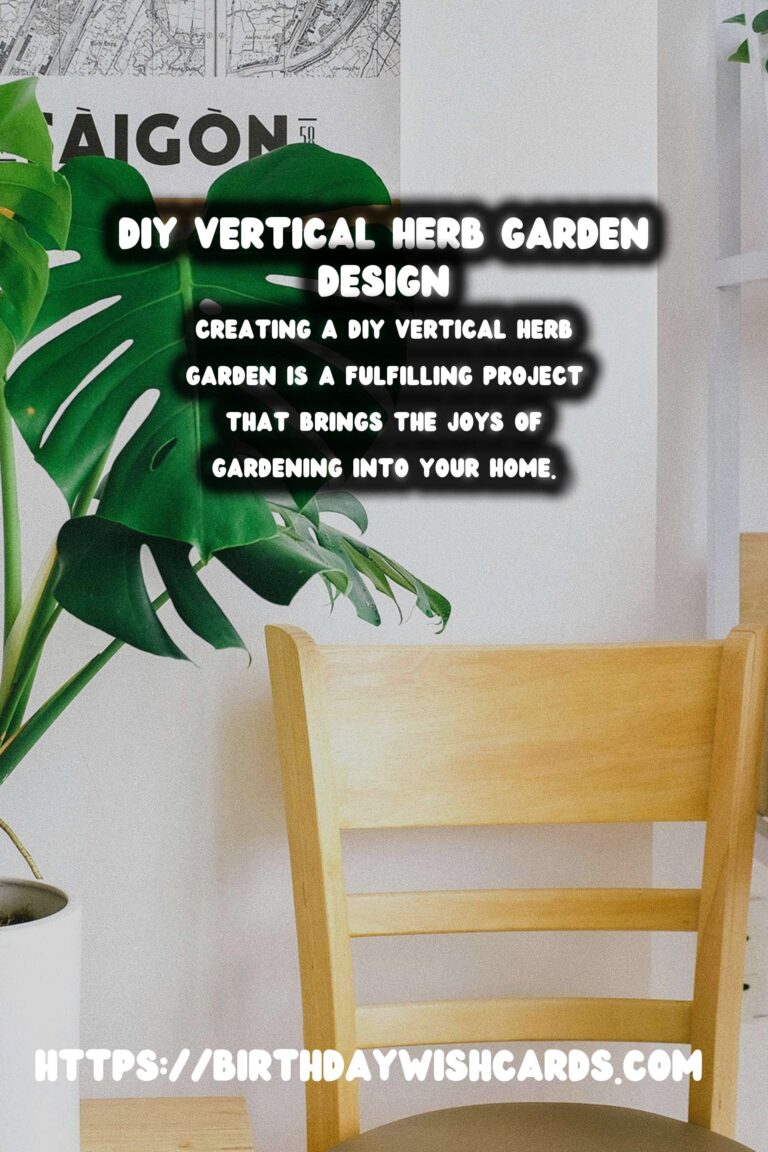
In today’s world, where space is often limited, a vertical herb garden offers a practical solution for plant enthusiasts. Whether you live in an apartment or have a small backyard, a vertical herb garden can help you grow fresh herbs without taking up much space.
Why Choose a Vertical Herb Garden?
A vertical herb garden is perfect for urban dwellers and those with limited outdoor space. It allows you to grow a variety of herbs in a compact area, making it easier to manage and harvest. Additionally, it adds a green touch to your home decor, enhancing aesthetics while providing fresh flavors for your culinary creations.
Getting Started with Your Vertical Herb Garden
Choosing the Right Location
Select a location that receives plenty of sunlight, as most herbs require at least 6-8 hours of sunlight daily. If natural light is limited, consider using grow lights to supplement the lighting needs of your plants.
Selecting Herbs for Your Garden
When choosing herbs, consider your culinary preferences and growth habits of the plants. Popular choices include basil, parsley, mint, thyme, and oregano. These herbs are versatile and relatively easy to grow, making them ideal for beginners.
Materials You Will Need
For a DIY vertical herb garden, you will need materials such as a wooden pallet, fabric pockets, small pots, or vertical planters. Ensure the materials are durable and suitable for outdoor conditions. You will also need potting soil and seeds or seedlings of your chosen herbs.
Building Your Vertical Herb Garden
Step 1: Prepare the Structure
Start by preparing your chosen structure, whether it’s a wooden pallet or a series of pots. If using a pallet, sand it down to avoid splinters and consider applying a wood sealant for added durability.
Step 2: Attach the Planters
Securely attach the planters or fabric pockets to your structure. Ensure they are evenly spaced to allow adequate growth and airflow between the plants. If using pots, make sure they are securely fixed and won’t topple over.
Step 3: Add Soil and Plant Your Herbs
Fill the planters with potting soil, leaving some space at the top. Plant your herb seeds or seedlings according to the instructions on the seed packets. Water the plants gently after planting.
Maintaining Your Vertical Herb Garden
Regular maintenance is crucial for the success of your vertical herb garden. Water the herbs consistently, but be cautious not to overwater, as this can lead to root rot. Fertilize the herbs every few weeks with an organic fertilizer to promote healthy growth. Prune the herbs regularly to encourage bushier growth and prevent them from becoming leggy.
Benefits of a Vertical Herb Garden
A vertical herb garden offers numerous benefits. It provides easy access to fresh herbs, reduces the carbon footprint associated with store-bought herbs, and can even improve indoor air quality. Furthermore, gardening has been shown to reduce stress and increase overall well-being, making it a rewarding hobby.
Conclusion
Creating a DIY vertical herb garden is a fulfilling project that brings the joys of gardening into your home, regardless of space constraints. By following these steps, you can enjoy a lush, green garden that provides fresh herbs year-round.
A vertical herb garden is perfect for urban dwellers and those with limited outdoor space. Select a location that receives plenty of sunlight, as most herbs require at least 6-8 hours of sunlight daily. Popular choices include basil, parsley, mint, thyme, and oregano. Regular maintenance is crucial for the success of your vertical herb garden. Creating a DIY vertical herb garden is a fulfilling project that brings the joys of gardening into your home. 
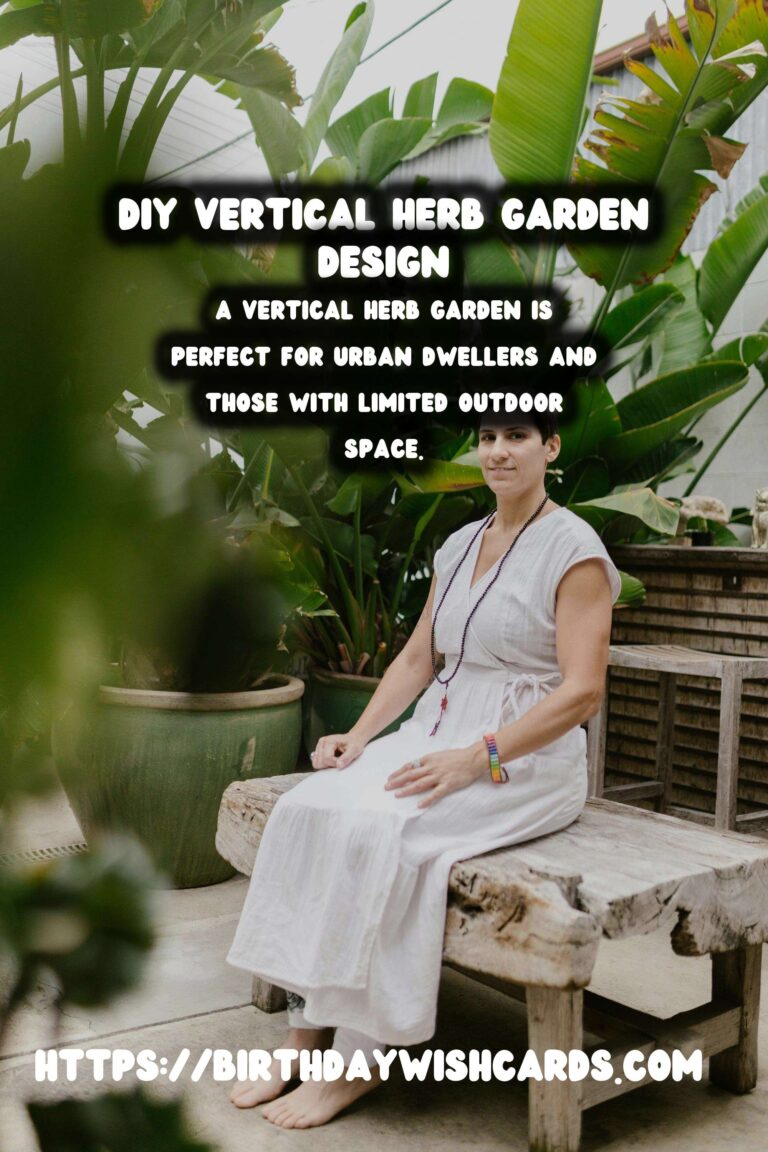
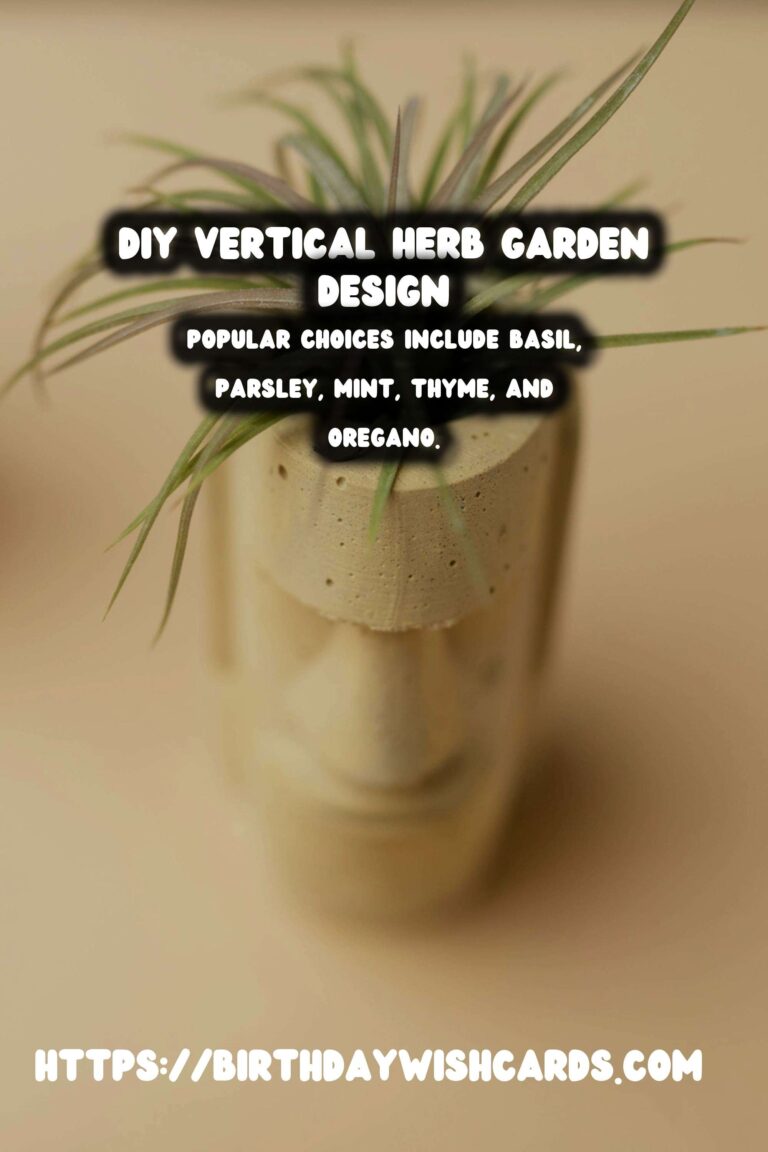
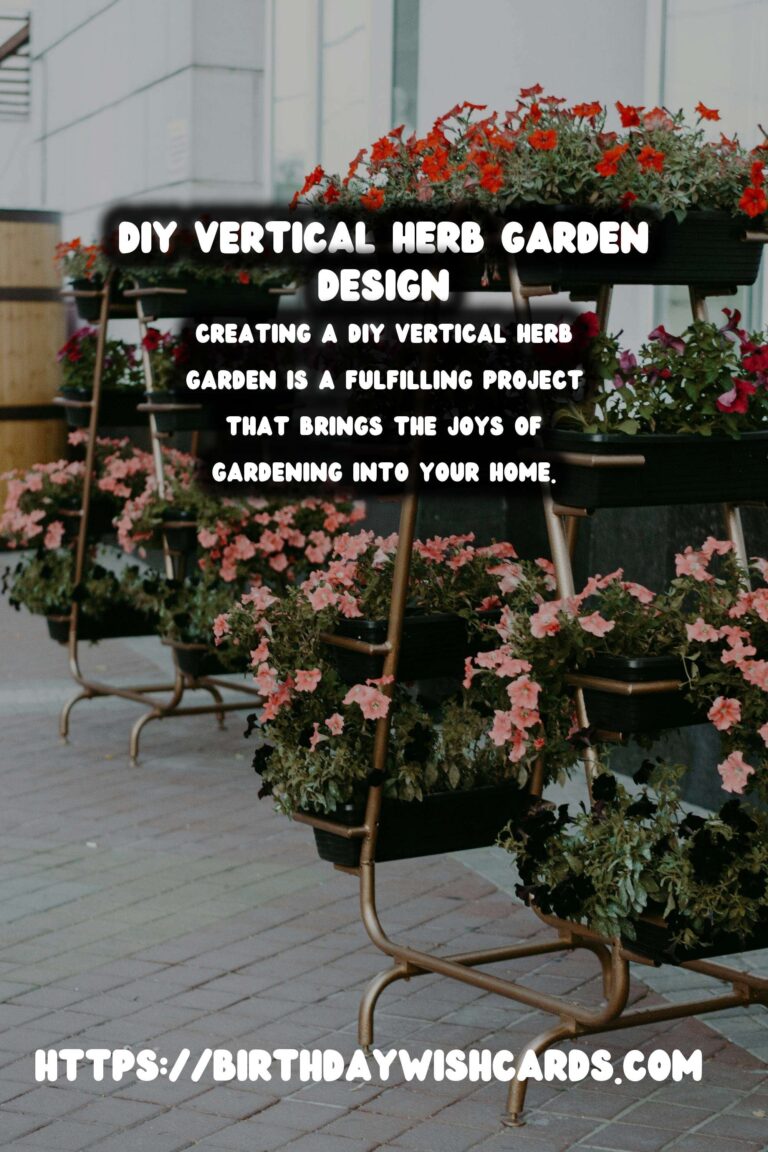
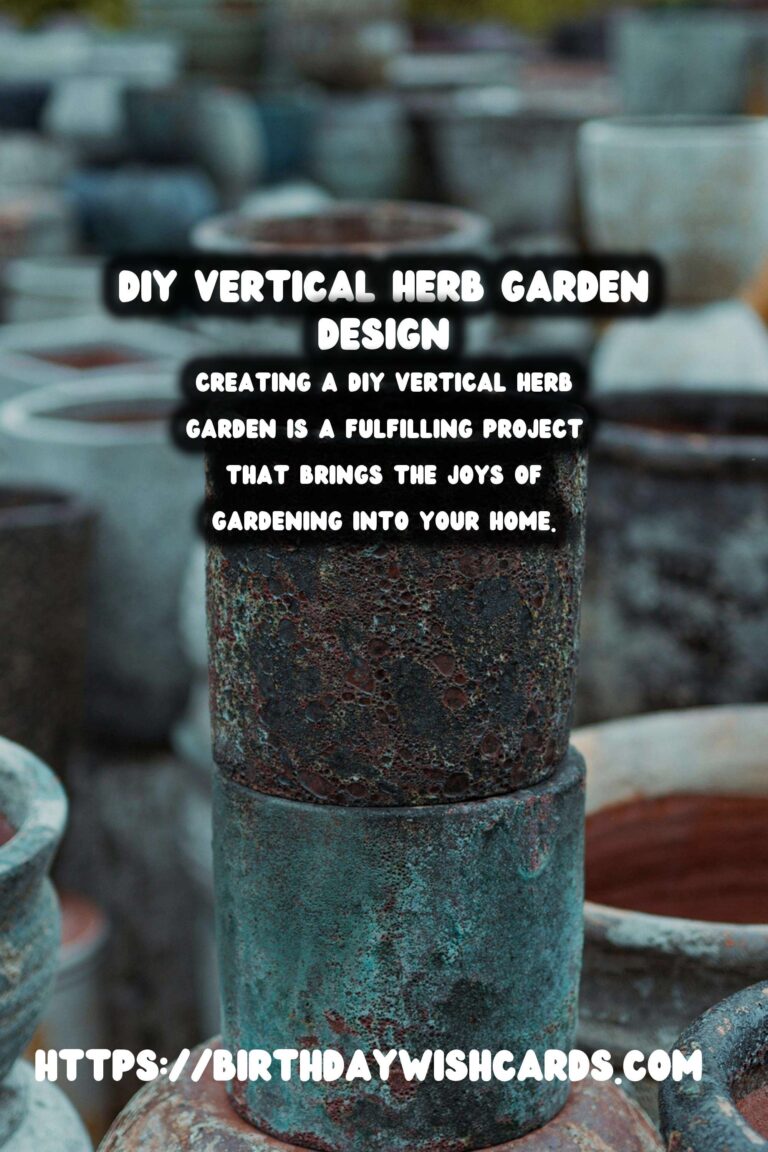
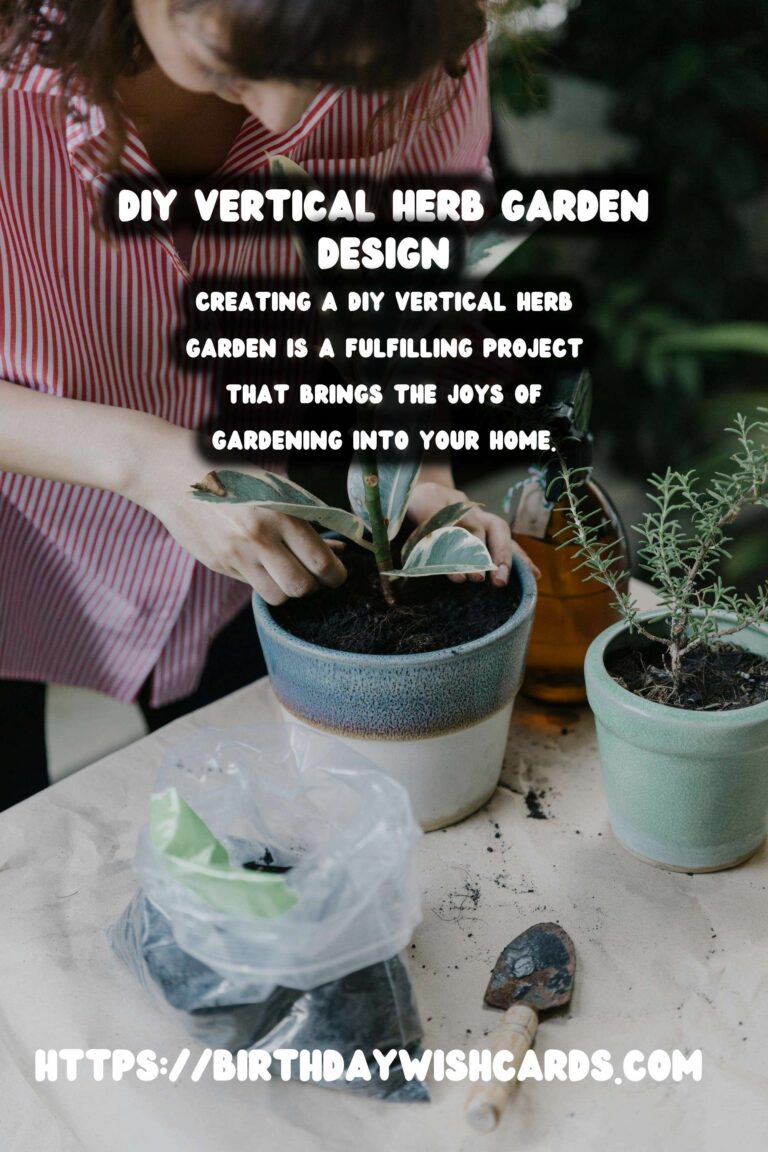

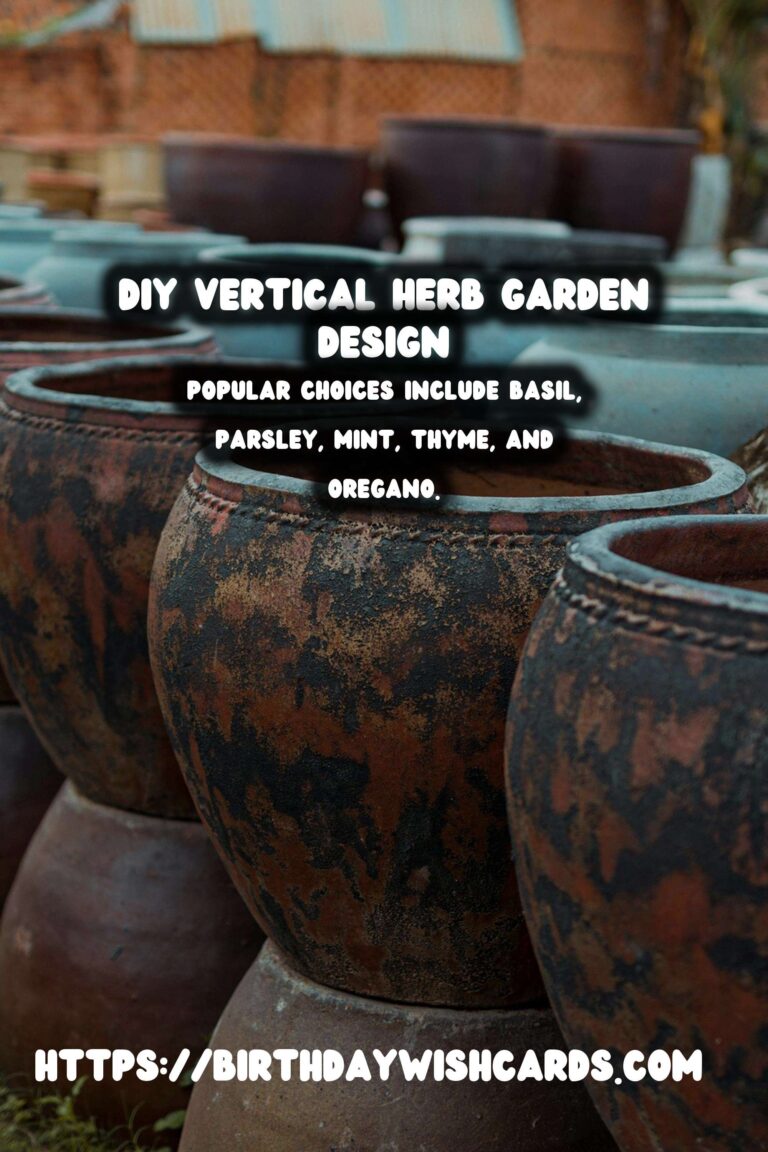
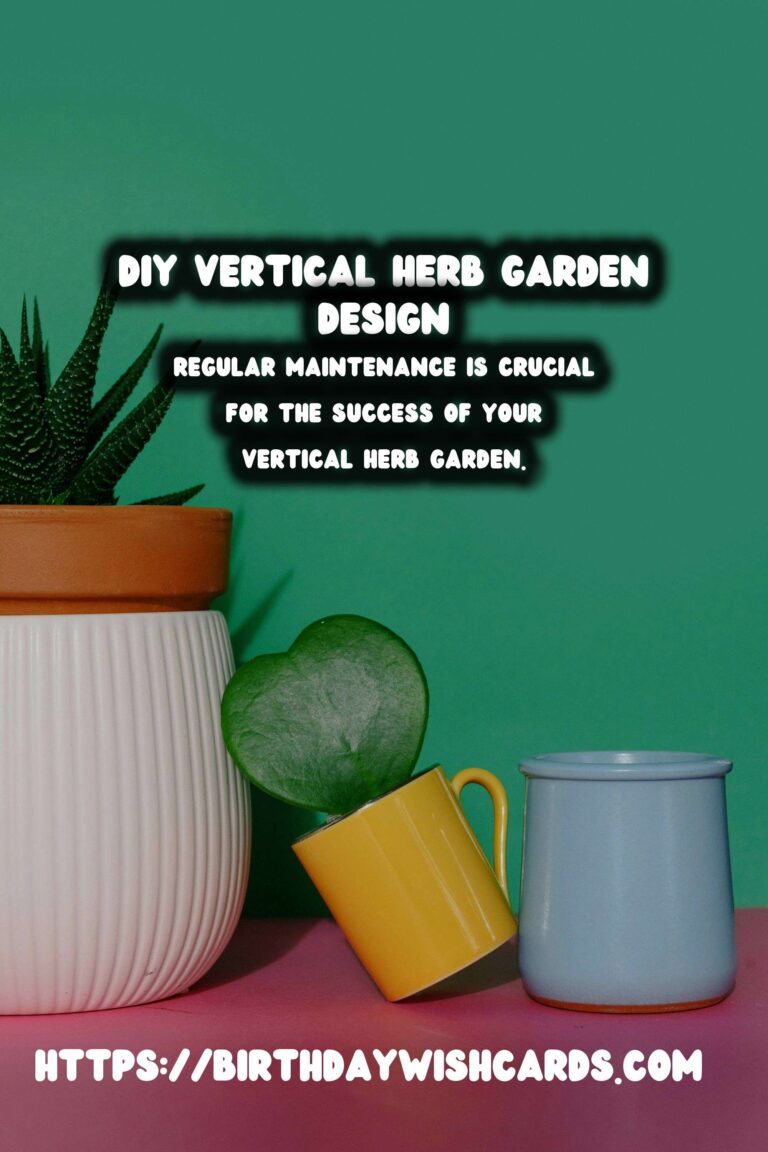
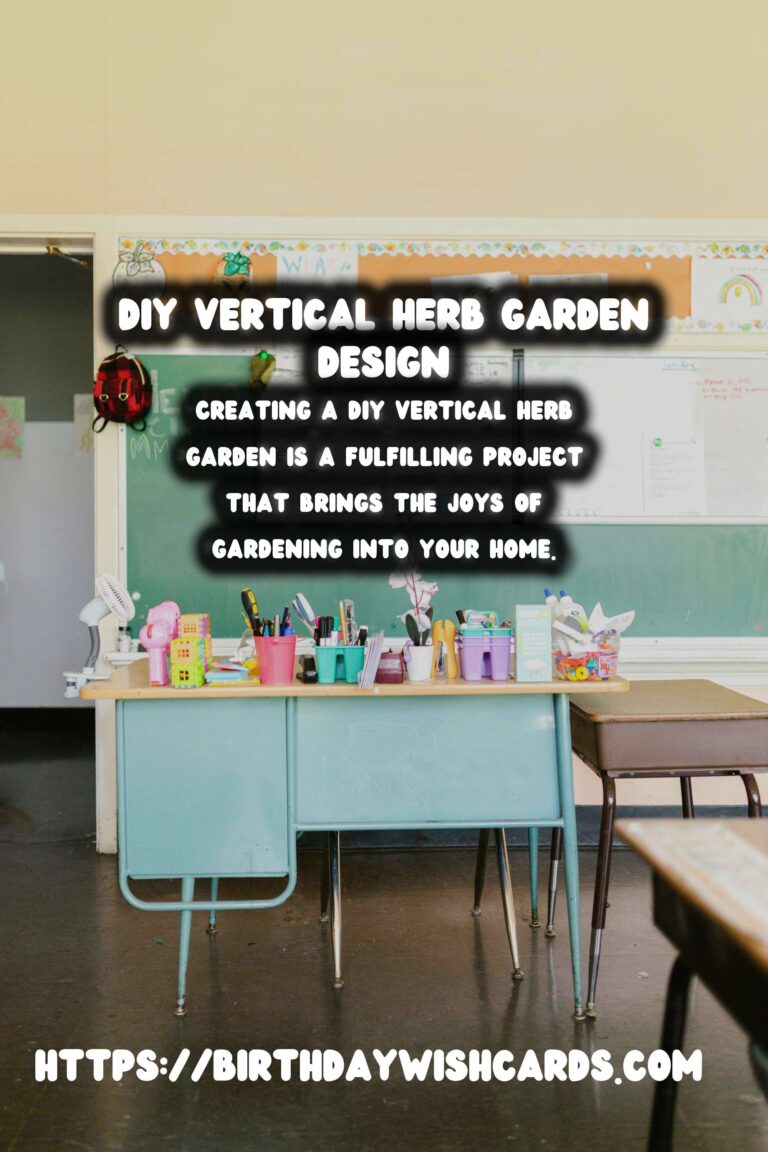
#VerticalHerbGarden #DIYGarden #HerbGardening #HomeGardening #UrbanGardening




